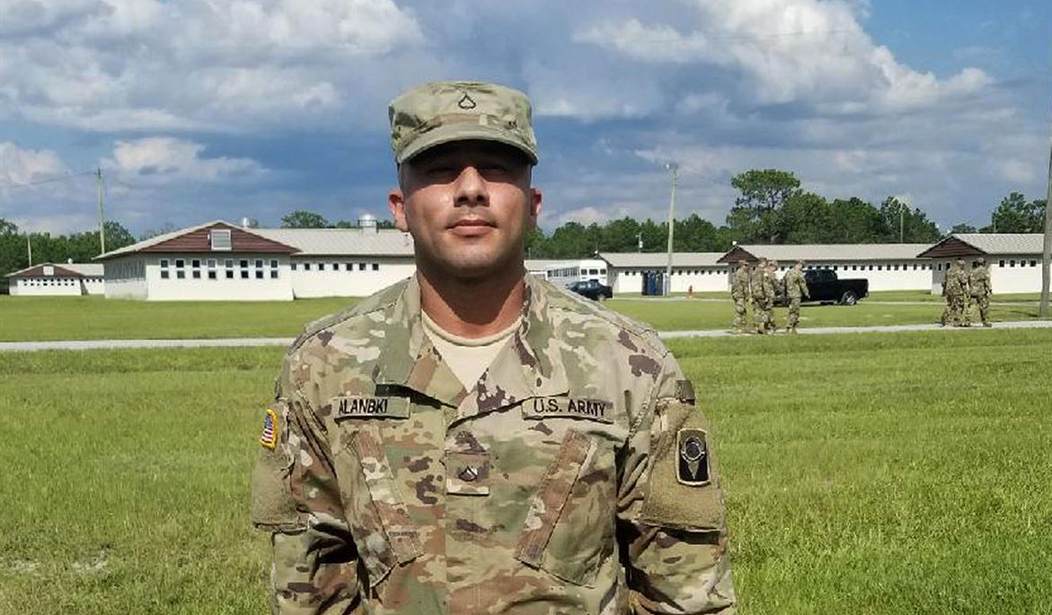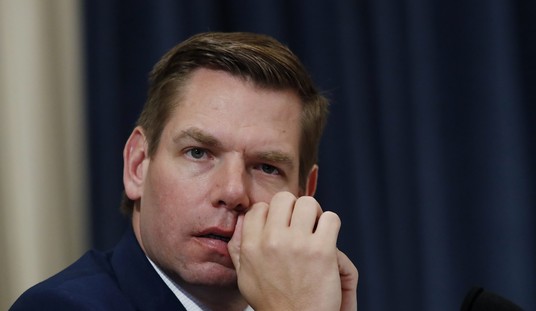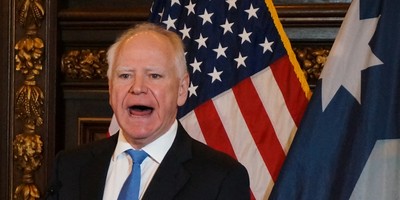Our military exists to defend America and her interests throughout the world. Meeting this mission requires her turning civilians into warfighters, which all service branches of our military have excelled at for over two centuries.
During World War II, the Army Air Corps grew by almost 1500% between 1941 and 1944. In six years, Army personnel increased 3700%. These forces, along with the Navy and Marine Corps, decisively defeated Nazi dominance in Europe and imperial Japan. Career military people made fun of “90-day wonders” - those officers trained to become combat commanders in three months. Without them, however, the war might have been lost.
But when it comes to turning warfighters back into civilians, our public sector’s record fails to measure up to our military’s universal accomplishments. Despite 30 years to get it right, veterans feel the Transition Assistance Program (TAP) does not effectively help them reintegrate into civilian life. According to a survey conducted by military-transitions.org, 41% of veterans think TAP is slightly or not helpful, while another 24% say it’s somewhat helpful. Two of the most common comments about it are:
“Transition materials and instruction are too generic and don’t account for varied experience levels and post-military career expectations.”
“Instructors lack creditability.”
So almost two-thirds of veterans think the military falls short when helping them find a job and acclimate to civilian life. Little wonder. Virtually no one in the military has experienced the challenges and vicissitudes of civilian life, let alone gained success there.
Recommended
Another factor militates against the military succeeding in running a successful transition assistance program. After a service member finishes TAP, he completes his last few weeks of service and is given a DD-214. This document officially discharges him from active duty. Thereafter, any responsibility for his healthcare and administration of benefits transfers to the Veterans Administration.
Think about it that for a moment. How would you feel if you got expert advice from a lawyer or consultant who bore no liability for the results of his advice? Makes no sense, right? But that’s how it works for servicemembers. The military retains no responsibility to them for how well they reintegrate to civilian life. And, although the VA is one of the departments responsible for providing subject matter experts for program development and briefers about GI benefits, it has no responsibility for the effectiveness of the overall TAP program.
Three decades is long enough. Major changes need to be made.
First, overall responsibility for TAP must be given to the VA. This accomplishes two goals: 1) The department that has ongoing responsibility for veterans’ welfare would also have responsibility for their reintegration to civilian life, and 2) Servicemembers would have the opportunity to get to know and interact with the VA prior to leaving military service.
Second, among the participants developing TAP: the Departments of Defense (DOD), Veterans Affairs (VA), Labor (DOL), Education and Homeland Security (DHS) and the Small Business Administration and Office of Personnel Management, note the glaring omissions. No organizations from the private sector or higher education make the list. Yet 70% of veterans will end up in these sectors.
Major corporations, including EY, Starbucks and Wells Fargo, have had robust hiring programs for many years. Undoubtedly, they have and continue to learn valuable lessons that would aid transitioning military people. They deserve a place at the table.
About 800,000 veterans, 4% of the veteran population, are enrolled as college undergraduates. As with private sector employers, veteran student coordinators at these institutions have a wealth of information that could be used to improve TAP.
Finally, veteran service organizations (VSOs) have earned their seat. Long before the VA existed, they shouldered the burden of helping servicemembers acclimate to civilian life. Thirty minutes of testimony at the House Committee on Veterans’ Affairs every few years doesn’t cut it. As primary providers of transition assistance for almost 120 years, their expertise must be an ongoing part of program development, revision, and implementation.
As with the military itself, total privatization is not an option. But at a time when the typical American has 12 jobs in a lifetime, veterans must have up-to-date job-hunting and civilian life reintegration skills. Even if the seven Federal departments and agencies could quickly identify changes in job-hunting tactics and employers’ needs, why go through the extra step? Let the private sector train veterans directly.
The DOD has unofficially acknowledged this need, but only for senior officers and enlisted people. They can attend a high quality program run by Ruehlin Associates. Junior enlisted personnel and officers need their own program of equal caliber.
In April, I met with the executive advisor for the Center of Strategic Partnerships at the VA. Her department is responsible for creating public-private ventures to improve care for veterans. One such project grew out of research by the Prostate Cancer Foundation. This disease affects more veterans than any other form of cancer. The screening, diagnostics and treatment protocols developed by the PCF have led to the VA and PCF building cancer treatment centers across the country jointly funded by the VA and private donors. Each is strategically located to maximize the number of veterans who will receive treatment.
What is being done for healthcare can be done for other aspects of veterans’ transitions. Partnerships with private sector companies and associations, higher education and veteran service organizations will deliver a more relevant program while providing usable contacts, mentors and immediately actionable information. Keeping faith with today’s military requires the knowledge and resources of all sectors of our society. The infrastructure exists. We lack only the will.























Join the conversation as a VIP Member